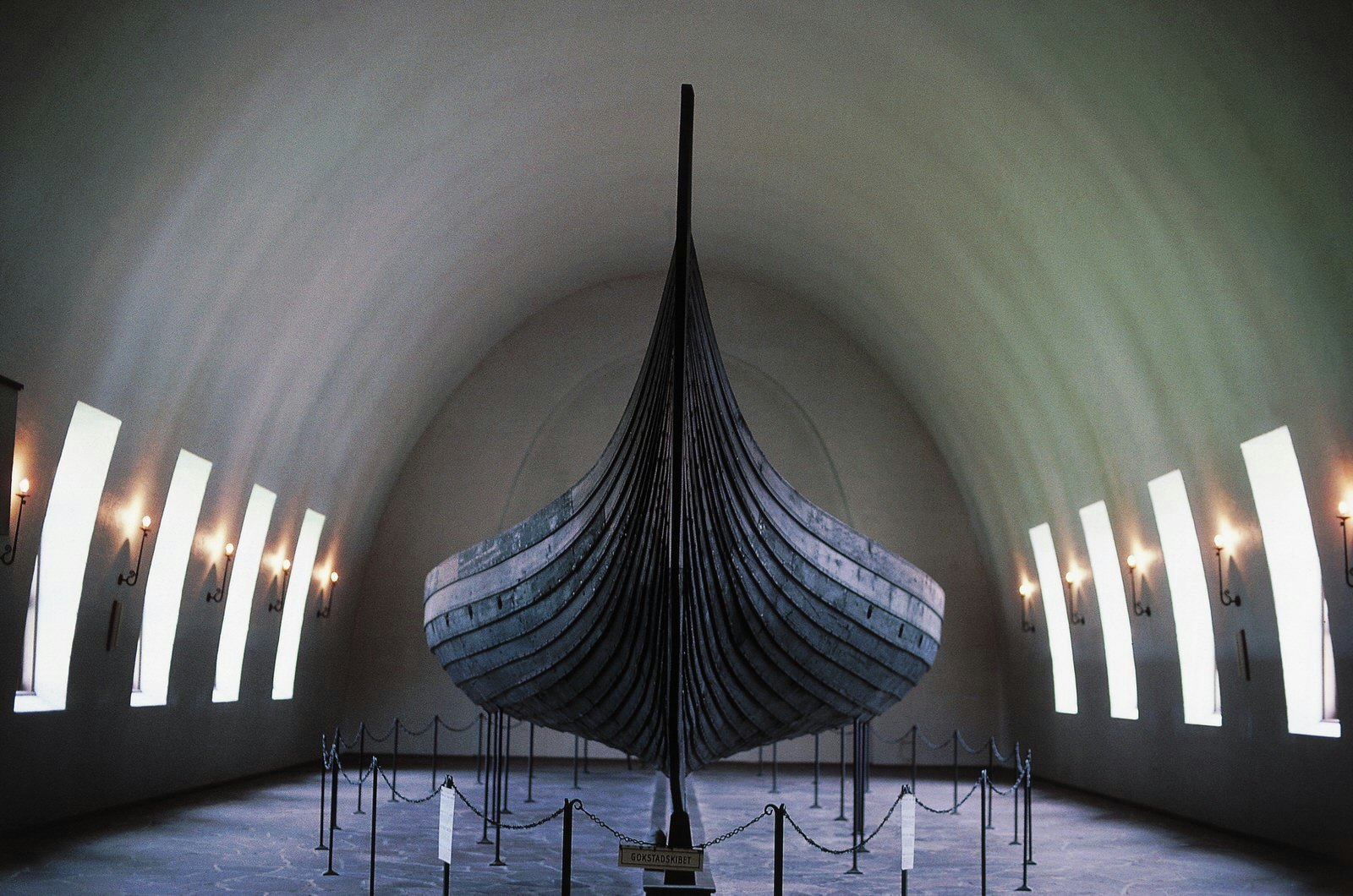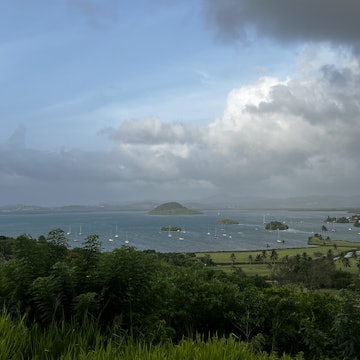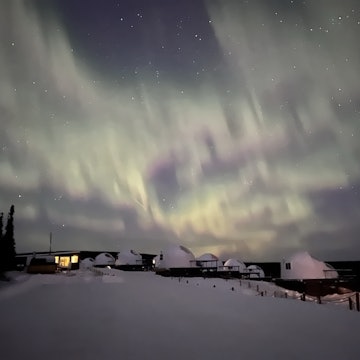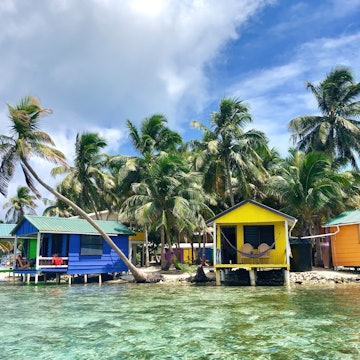

Contemporary architecture might not be something that immediately springs to mind when thinking about Oslo, so you may be surprised by some of the adventurous buildings that have sprung up in the Norwegian capital over the last decade – from innovative museums and experimental high-rises to one of Scandinavia’s sexiest opera houses.

Oslo Opera House
The city’s flagship piece of contemporary architecture, the opera house has become a striking symbol of the city’s architectural renaissance. A symphony of white granite, aluminium and glass, composed of intersecting planes angling skywards above the water, it’s a building that plays geometrical games with the eye, and is designed to make maximum use of its stunning fjordside setting. Inside, huge glass windows flood the interior with light, and the use of acres of warm, glossy oak mirrors Norway’s tradition of clean, functional woodwork. It’s the work of the city’s superstar architecture firm, Snøhetta, whose other notable designs include the memorial museum at the World Trade Centre Site, the Norwegian Embassy in Berlin and a new look for Norway’s bank notes.

Astrup Fearnley Museum
Every modern city worth its salt needs an art museum designed by a superstar architect, and in Oslo, it’s the Astrup Fearnley – a shimmering, sail-shaped cluster of three pavilions sheltered under a glass roof. Conceived by the renowned Italian architect Renzo Piano, and built from rigged cables and slender steel columns, the building is intended as a visual echo of the tall ships which once sailed along Oslo’s harbourfront. Inside, its stark white spaces provide a luminous backdrop for the artworks – including pieces by Jeff Koons, Francis Bacon, Damien Hirst, Gerhard Richter and Andy Warhol – while outside, the Tjuvholmen Sculpture Park adds to the artistic experience.

The Barcode
This row of 12 apartment and office blocks along the Bjørvika waterfront reinvents what a high-rise building can be. Each of the structures is the work of a different design firm, and each has its own peculiarities: one’s composed of blocks stacked up like a ziggurat, while another looks like it’s been made out of crazy paving. But together they form an entertaining ensemble piece; seen from a distance, the gaps between the buildings resemble the thick-thin lines of a barcode, hence the area’s nickname.

Statoil Building
It might have unexciting owners – in this case, Norway’s largest oil company – but Statoil’s head office is anything but bland. A stack of five white, rectilinear columns piled up like a gigantic game of spillikins (apparently the design was inspired by offshore oil rigs), it’s a futuristic structure that looks rather like a leftover set from a sci-fi film. Clad in aluminium and etched with rectangular windows, it’s an ambitious building that makes a real design statement. Unfortunately, members of the public aren’t allowed inside, so you’ll have to make do with taking pictures of the exterior.

Akrobaten Bridge
206m long and linking the neighbourhoods of Grønland and Bjørvika, this impressive bridge crosses the railway tracks near Oslo’s main train station. It’s a simple span of steel, supported by a web of shiny metal tubes that look rather like one of those molecule building blocks you used to see at school. It’s striking enough by day, with arguably the best panorama of the Barcode in the city – but it’s best seen after dark, when a colourful light show transforms the structure.

Holmenkollen National Ski Arena
It’s testament to just how crazy the Norwegians are about their skiing that this huge winter sports arena, centred around a swoopy ski jump, is actually the most visited attraction in the whole of Norway. It was built in 2011 for the Nordic World Ski Championships at an eye-watering cost of 1.7 billion Norwegian krone (about $213m), but it’s far from the first development here: the site has been rebuilt on no fewer than 19 occasions. With capacity for around 700,000 spectators, it’s a temple to the religion of skiing.

National Gallery
Oslo’s newer architecture might be getting most of the attention these days, but it’s worth noting that the city has plenty of glorious period buildings too – not least its medieval castle, Akerhus Festning. But for many, Oslo’s landmark building has to be the National Gallery – a monumental red-brick edifice built in 1882 to house the nation’s artistic treasures. With its arched windows, cavernous halls and air of restrained grandeur, it’s a fittingly ostentatious setting for world-renowned works by Picasso, Monet, Renoir, Gauguin and, of course, Edvard Munch, whose iconic work, The Scream, is on display here.

Viking Ship Museum
Built to house two of the best-preserved Viking longships ever found (along with fragments of a third), this museum is an example of the way Oslo’s new and old architecture can work together. Or rather it will be, since the plans for the museum’s redevelopment are still only on the drawing board. A radical new exhibition space has been commissioned courtesy of Denmark’s AART Architects, which will incorporate the old museum into a new circular structure codenamed ‘Naust’ (Norwegian for boathouse). But it’ll be a while before anyone gets to see it – work isn’t even scheduled to begin on the new design until 2020. Until then, the Viking vessels remain on show in the original building – and very beautiful they are too.















